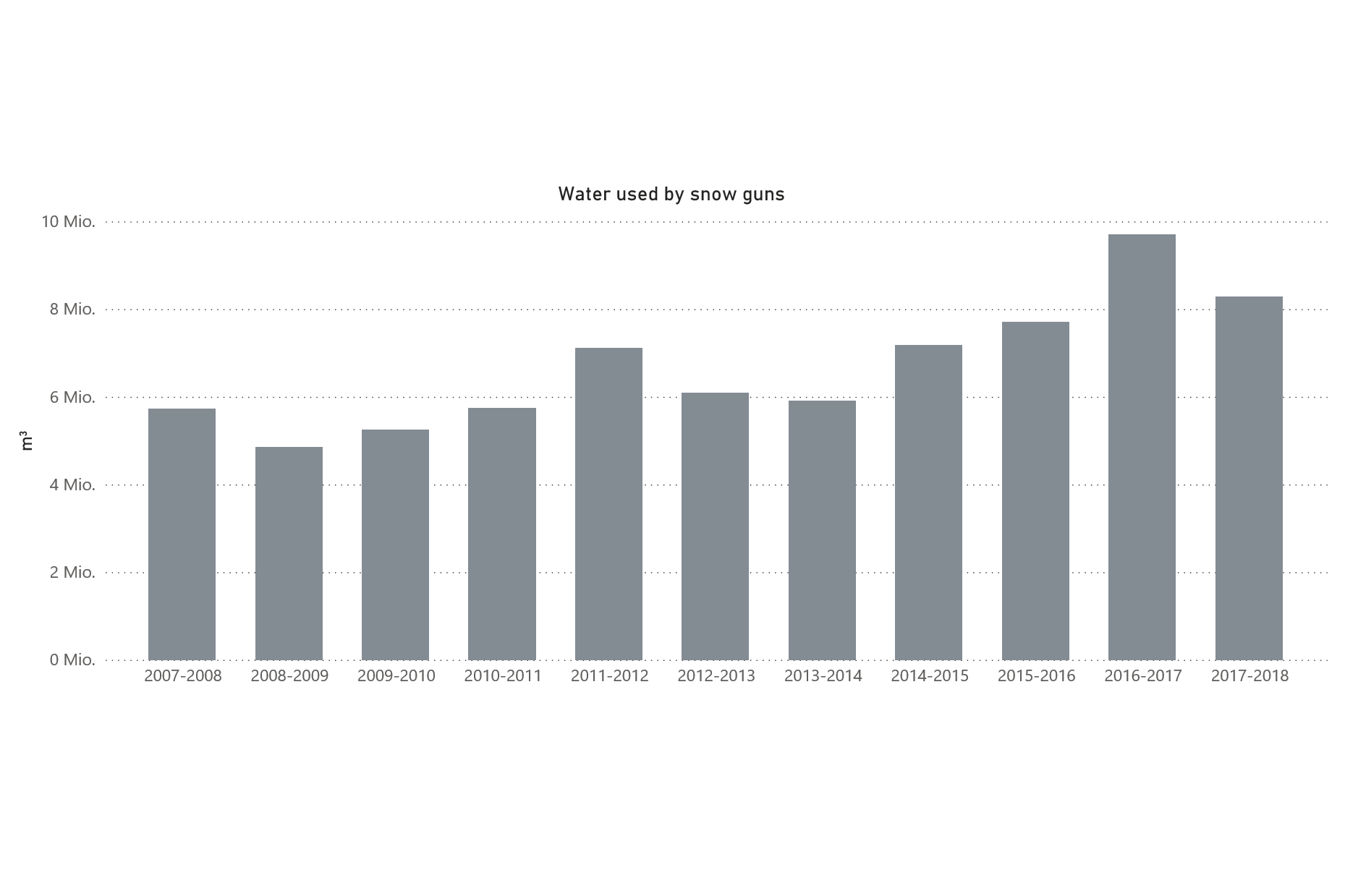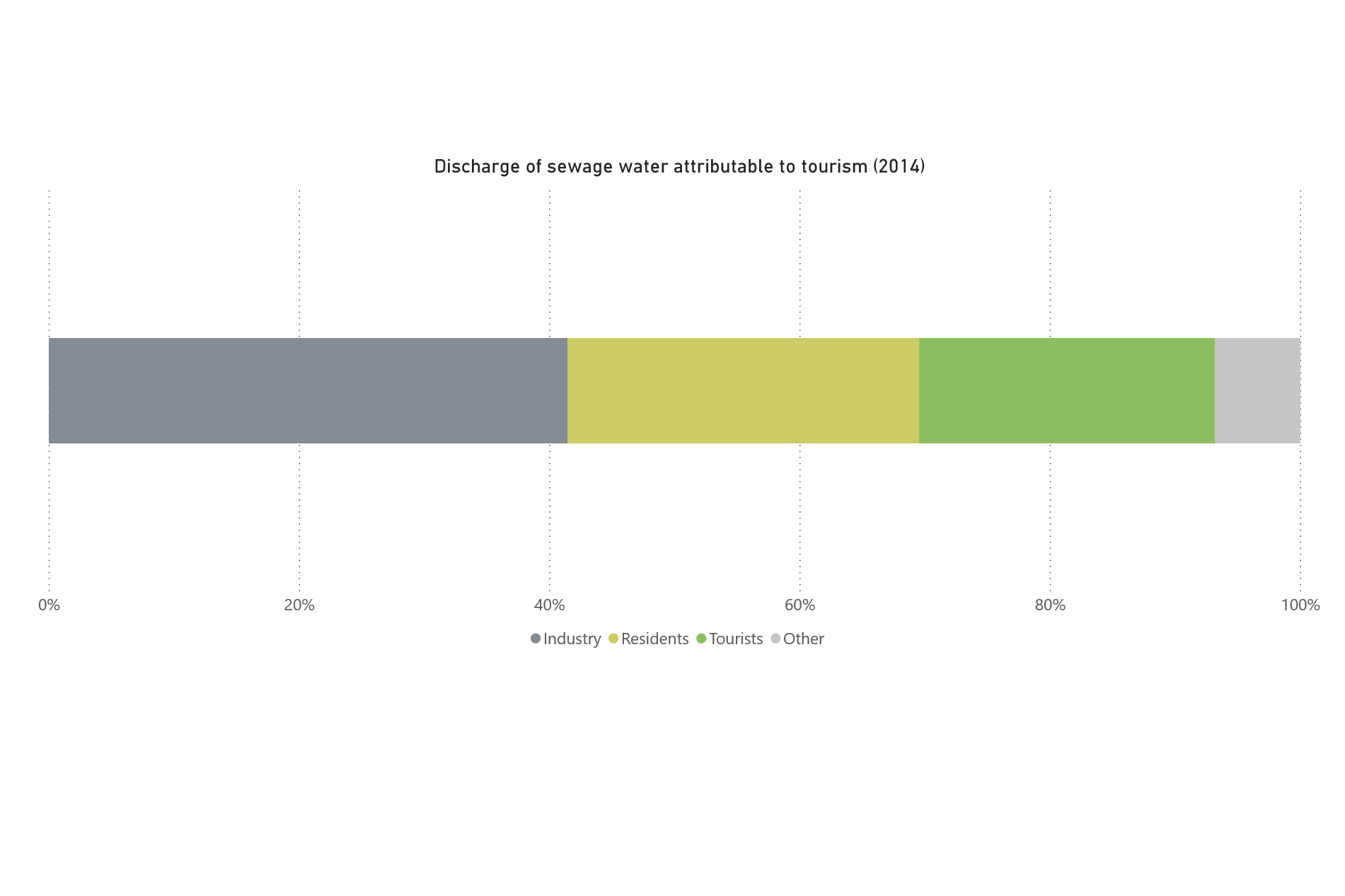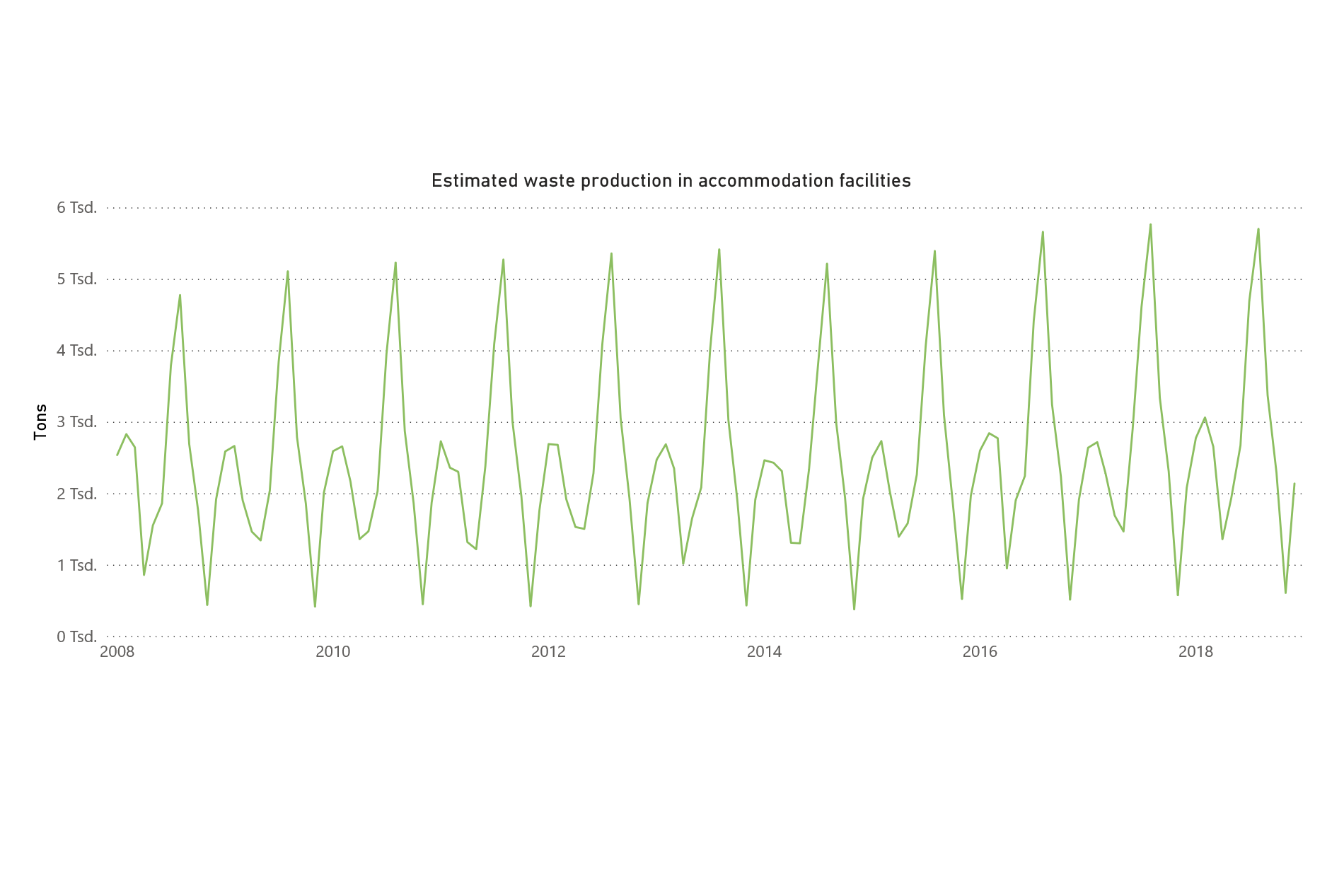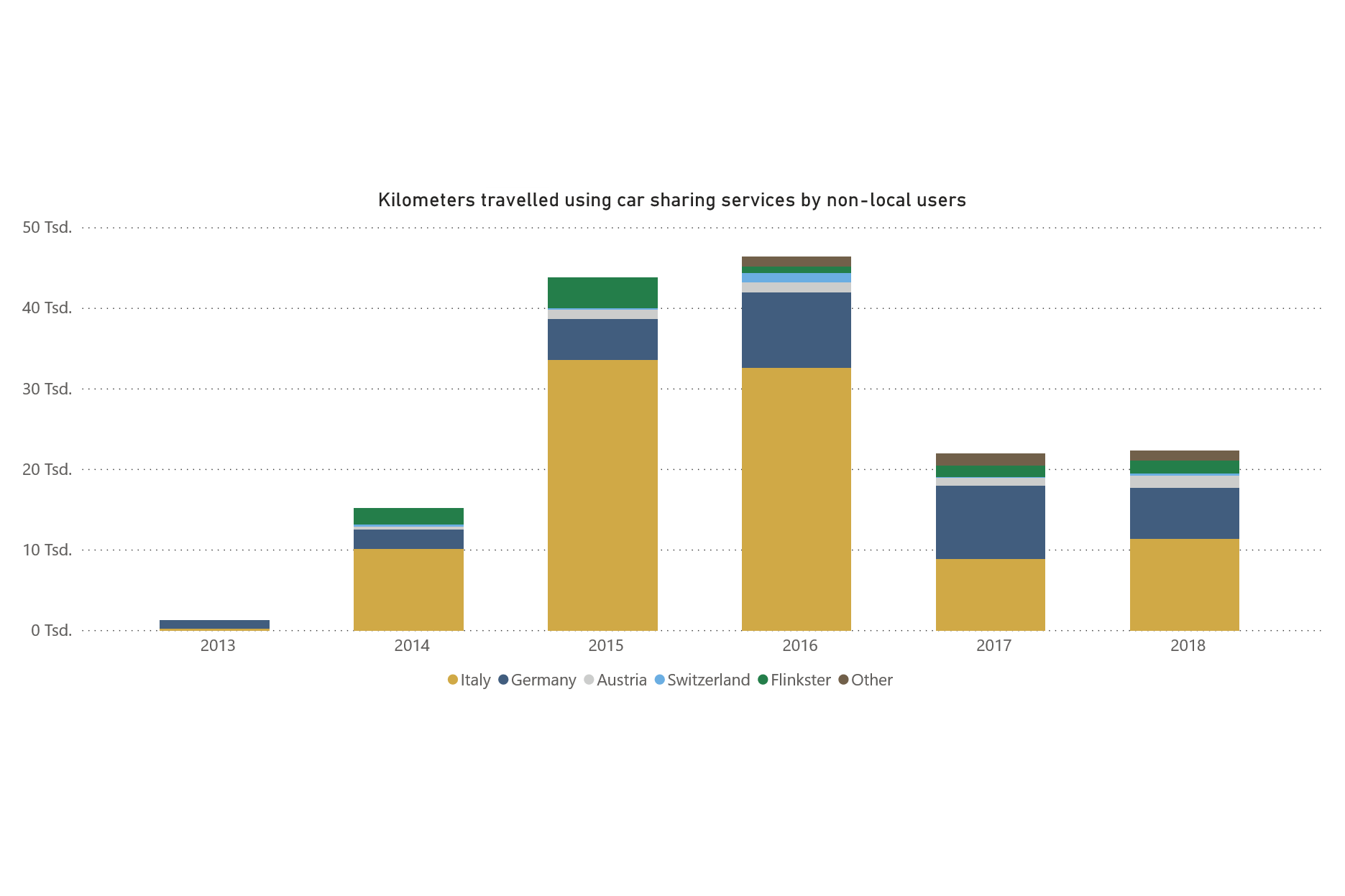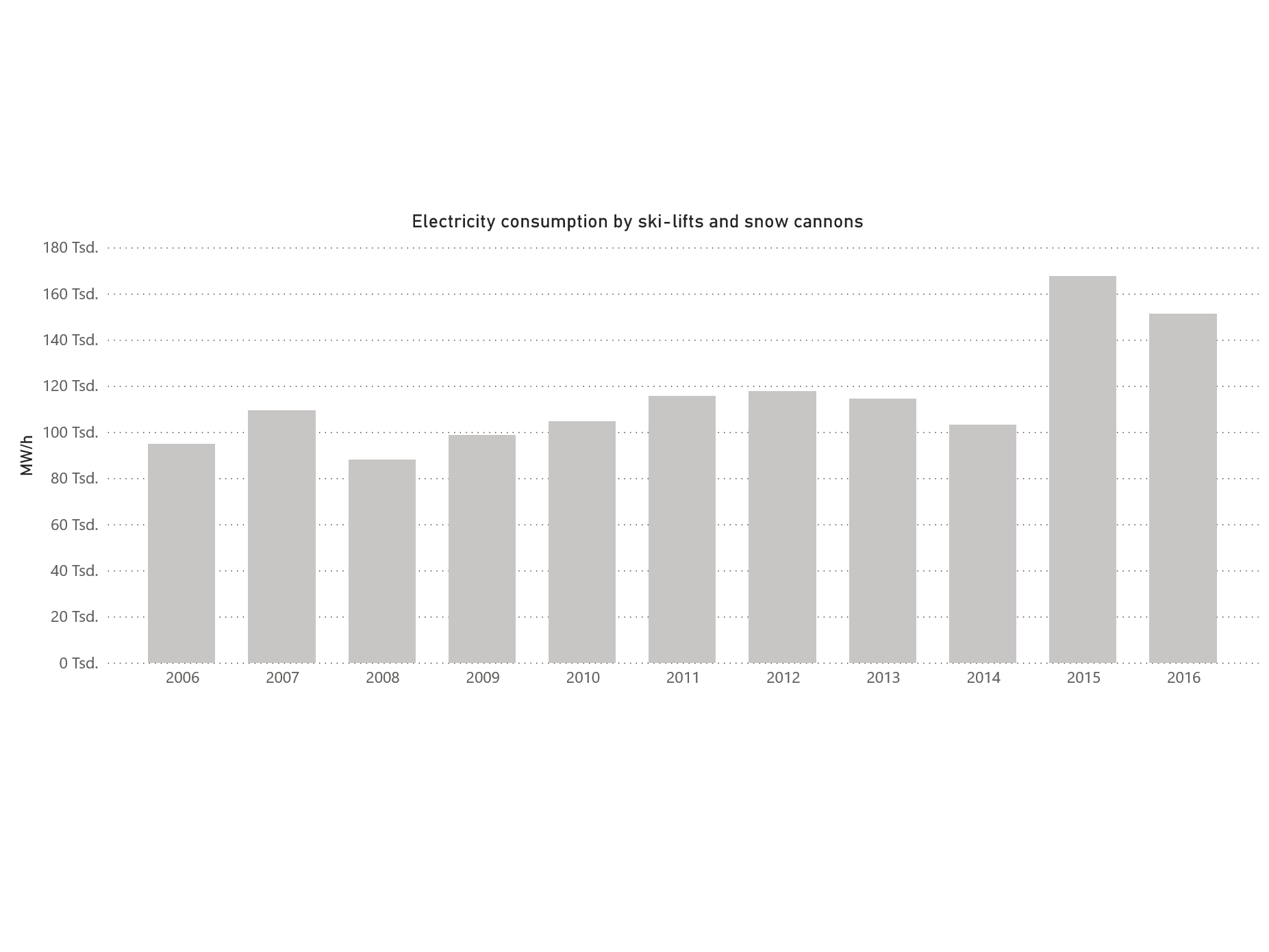The presence of protected areas guarantees greater sensitivity to the environment and more nature-friendly forms of tourism.
Nature-based tourism in destinations such as South Tyrol is heavily reliant on recreational opportunities provided by the environment and, in turn, also contributes to the attractiveness and quality of destinations1see also Scuttari, Isetti, Habicher, 2019. In this context, tourism can either endanger the environment or constitute an impulse for positive change.
In fact, being based on an enjoyment of the natural and cultural environment, tourism can be a driver for nature protection, it can play a positive role in awareness raising and consumer education through its vast distribution channels and can provide an economic incentive to protect habitat that might otherwise be converted to less environmentally friendly land use2UNWTO, 2004. On the other hand, it might also work as a source of stress to certain fragile environments.
In order to link tourism and nature conservation and identify those areas where a balance between conservation and enhancement is pursued, we decided to monitor the extent to which natural areas are protected. The effects of human activities on nature conservation are multifold and, among these activities, it is not always easy to define the weight of tourism. Nevertheless, it is useful to measure at least the overall impact of human activities on nature by the hemeroby index, assessing the human activity impact on the ecosystem.
MORE ABOUT ENVIRONMENT

Water Management
Various tourist activities, for example skiing or golf, require large amounts of water.

Wastewater Management
A high concentration of tourism in certain months of the year can lead to overloading of water treatment plants.
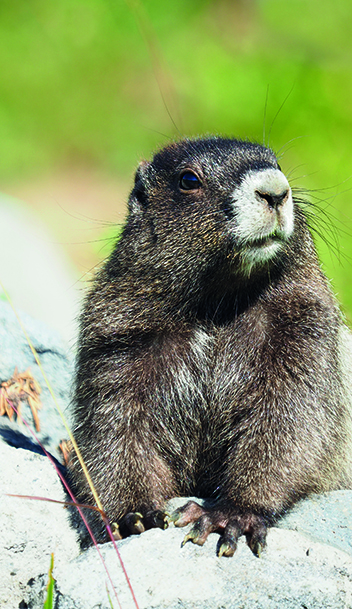

Waste Management
Sorting waste is more complicated in tourism, due to the use of single-dose products, but also due to tourists’ lack of knowledge of the specific rules for the separation of waste.

Mobility
In high season, individual mobility generates congestion and pollution, creating discomfort for residents and tourists.

Energy Management
An increase in the number of tourists leads directly to an increase energy consumption in the destination. If the quality of tourism increases, the demand for luxury services increases, which in turn increases average energy consumption of a tourist.


